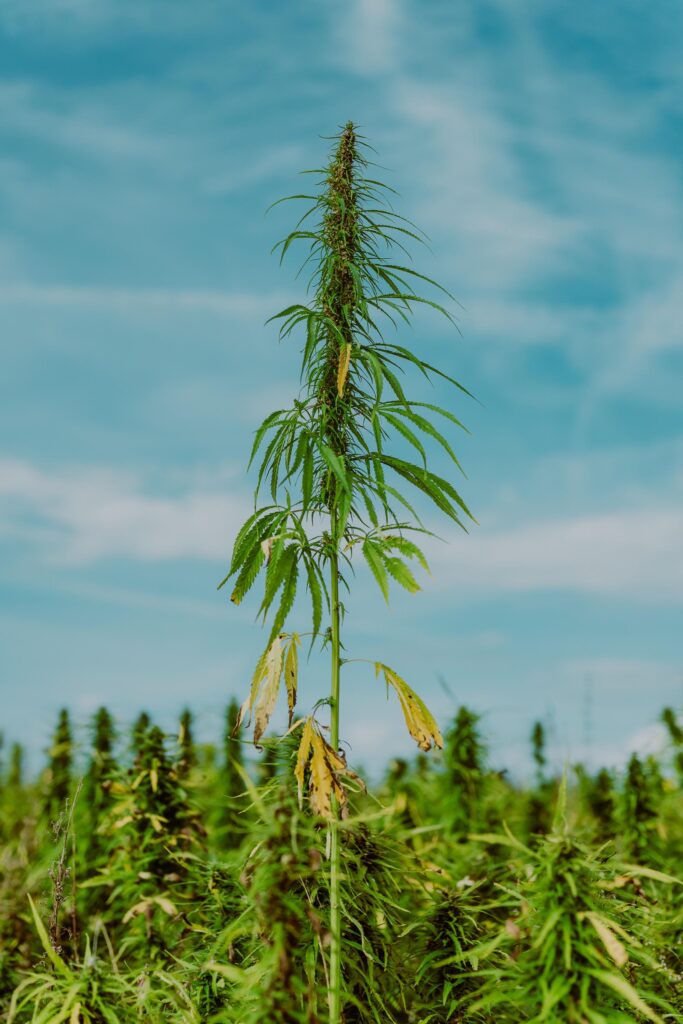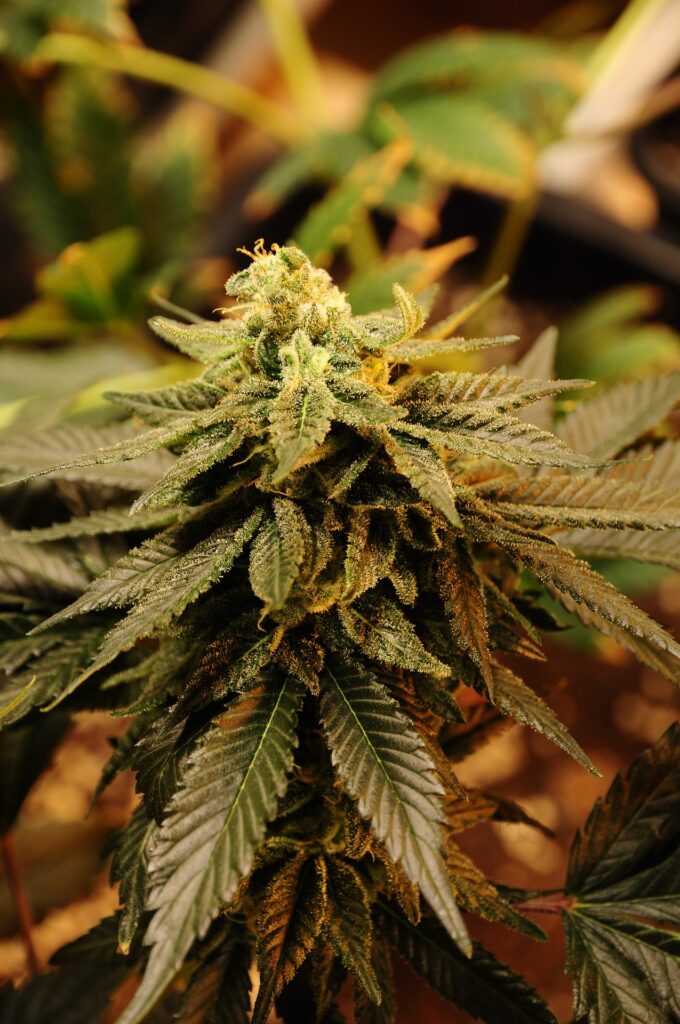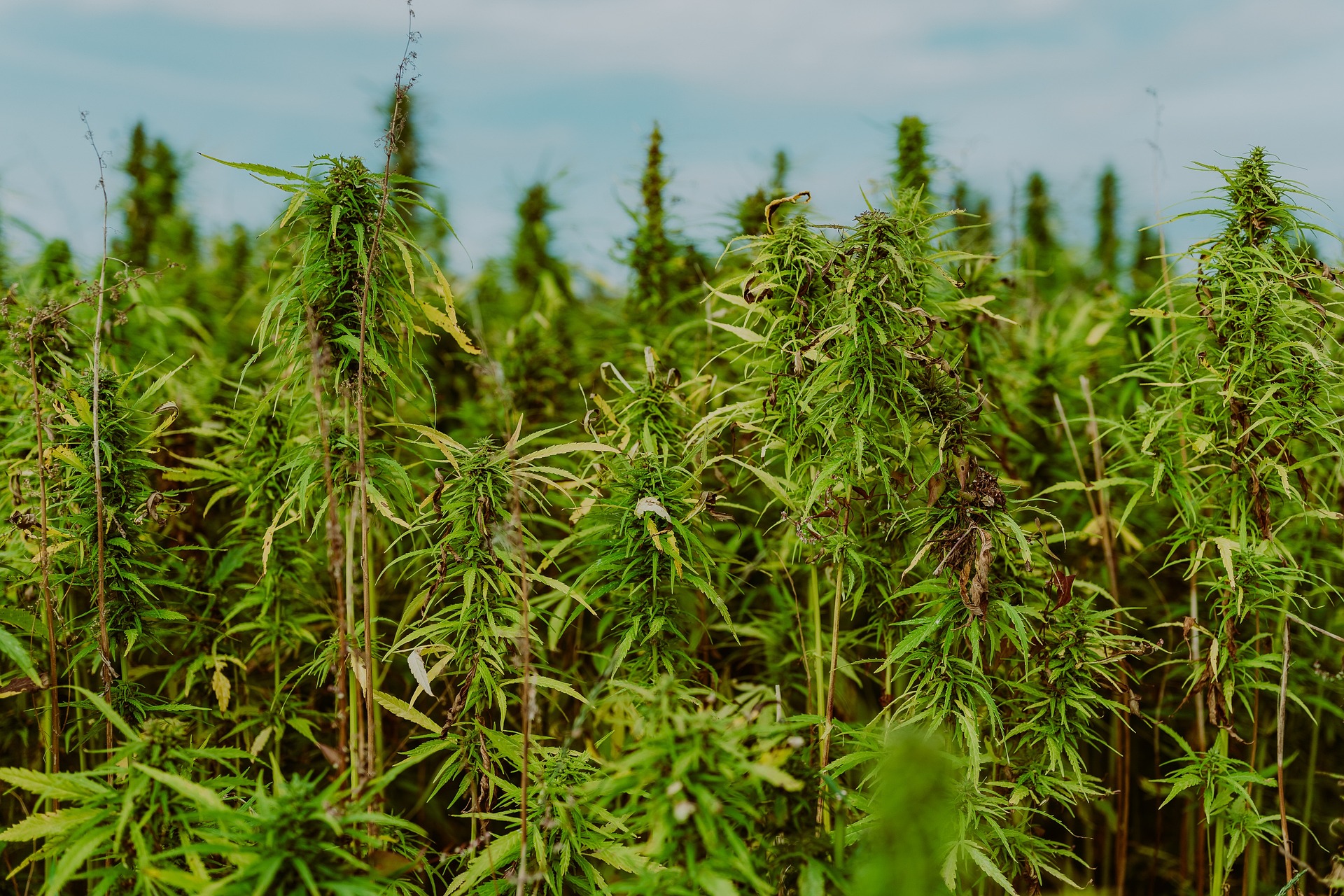Hemp, also known as Cannabis sativa, has been shown to have potential as a phytoremediator or a plant species that can remove, degrade, or immobilize pollutants from the soil and water. Phytoremediation refers to using plants and light energy to clean up contaminated environments. In this article, we will explore the ability of hemp to remove heavy metals through phytoremediation and the specific mechanisms by which this occurs.
Hemp removes various heavy metals, including lead, cadmium, and nickel. One mechanism by which hemp can remove these metals is through the process of phytoremediation. This process involves the uptake of pollutants by the plant’s roots and their accumulation in the above-ground biomass. In the case of hemp, the heavy metals are primarily accumulated in the leaves, stems, and roots.
Once the hemp plants have been harvested, the contaminated biomass can be processed to remove the heavy metals. Two common methods for this process are pyrolysis and bioleaching. Pyrolysis is a thermal decomposition process that separates organic materials into smaller molecules, gases, and liquids by exposing them to high temperatures without oxygen. Bioleaching is a process that uses microorganisms to extract valuable metals from ores or waste. The microorganisms oxidize the metals, releasing them from the biomass. The metals can then be recovered using various methods, such as electrowinning or solvent extraction. This also leaves behind biomass that can be used as fuel or papermaking.

The book “Heavy Metal Tolerance in Plants: Evolutionary Aspects” by Jonathan Shaw provides an overview of the mechanisms of heavy metal accumulation and tolerance in plants and how these mechanisms can be used for phytoremediation.
In this book, the authors mention hemp (Cannabis sativa L.) as a potential plant species for the phytoremediation of heavy metal-contaminated soils. They note that hemp has been found to have a high tolerance for heavy metals, such as cadmium, lead, and zinc, and can accumulate large amounts of these metals in its stalks. However, they also mention that it is not a hyperaccumulator, but it’s considered a phytoextractor.
Phytoextractors refer to plants that can tolerate and remove heavy metals from contaminated soils. Unlike hyperaccumulator plants, which can accumulate large amounts of heavy metals in their tissues without being harmed, phytoextractor plants can extract significant amounts of heavy metals from the soil but do not necessarily accumulate them.
The authors also mention that the utilization of hemp in phytoremediation requires an understanding of the mechanisms of heavy metal accumulation and tolerance in plants. Several factors, such as genetics, physiology, and the environment, influence the ability of plants to tolerate and accumulate heavy metals. The effectiveness of phytoremediation can vary depending on many factors, such as the type of metal, the concentration in the soil, the type of plant used, and the growing conditions.
All of this is possible due to certain compounds in the plant, such as phytochelatins and metallothioneins, which bind to the metal ions and prevent them from being absorbed by the plant’s roots. This process is known as phytostabilization. Phytochelatins are peptides synthesized by plants in response to heavy metal stress, and they chelate the heavy metals and thus prevent the uptake of these metals by the roots. Metallothioneins are low-molecular-weight, cysteine-rich proteins also synthesized in response to heavy metal stress. They also chelate the heavy metals and detoxify them by binding them to the cysteine residues. In this process, the pollutants are not removed but are immobilized in the soil, reducing the bioavailability and toxicity of the pollutants. This occurs through the binding of pollutants to the root surface and the formation of insoluble metal-organic complexes within the plant tissue.
Hemp has also been found to be effective in removing heavy metals through phytovolatilization, which involves the release of volatile organic compounds from the plant that can effectively remove pollutants from the air. This is accomplished by releasing volatile organic compounds from the plant that can effectively remove pollutants from the air.

In conclusion, hemp (Cannabis sativa L.) has been shown to have a high potential as a phytoremediator for heavy metal-contaminated soil and water through the studies mentioned above. Studies have shown that hemp can effectively remove heavy metals from the environment and accumulate them in its biomass while maintaining an average growth rate. This is important because heavy metals are known to be toxic to plants and animals. The fact that hemp can remove these pollutants from the environment without being affected by them is a great advantage. Further research is needed to fully understand the potential of hemp as a phytoremediator and develop effective strategies for its use in real-world applications. Additionally, it is important to consider the legal and social implications of using hemp for phytoremediation.
